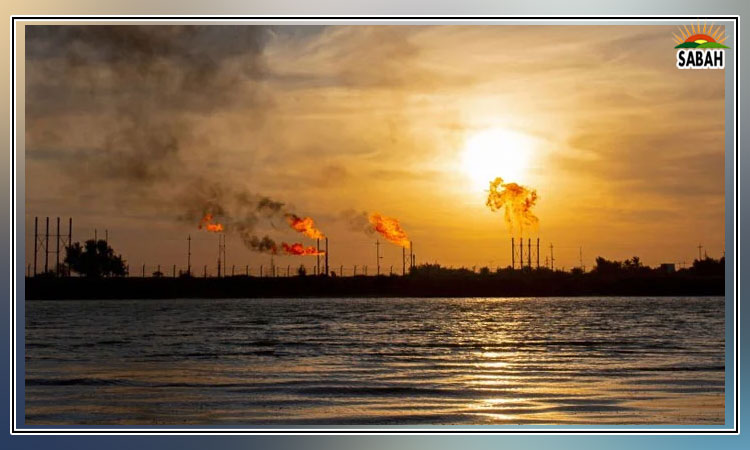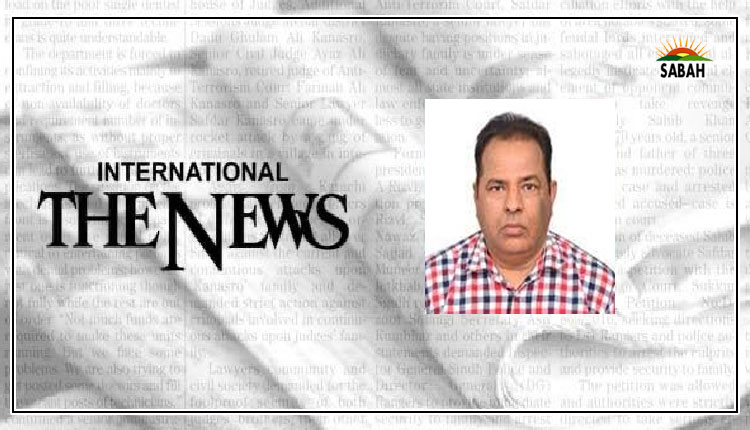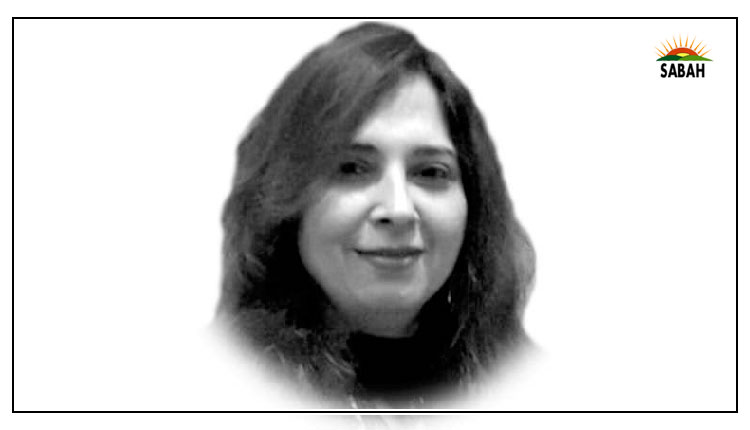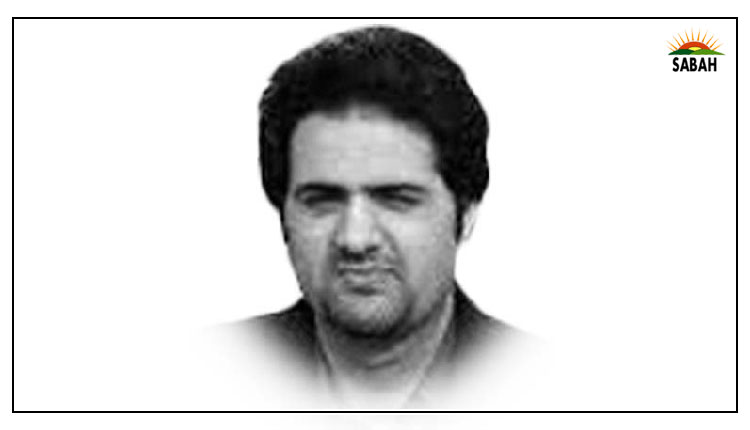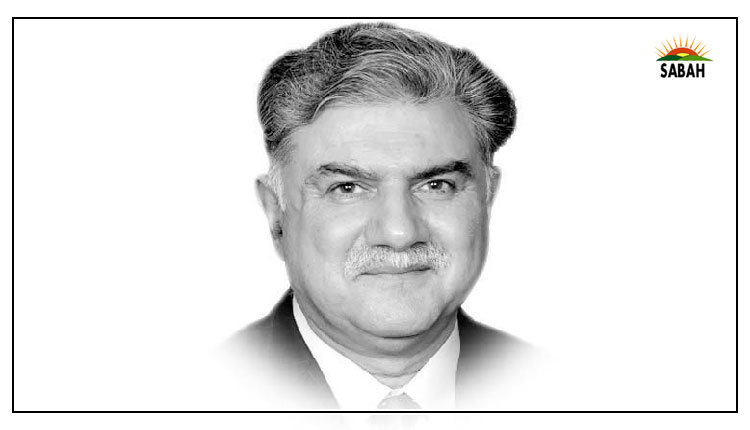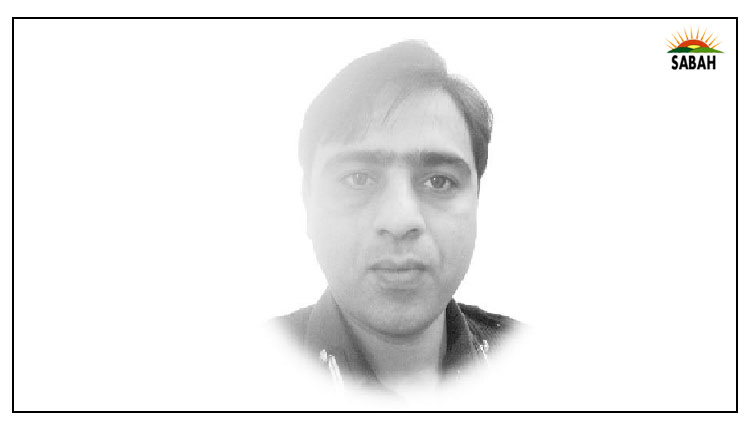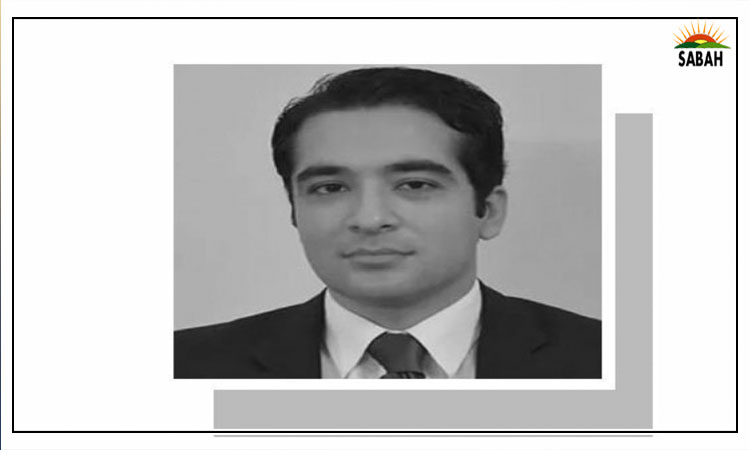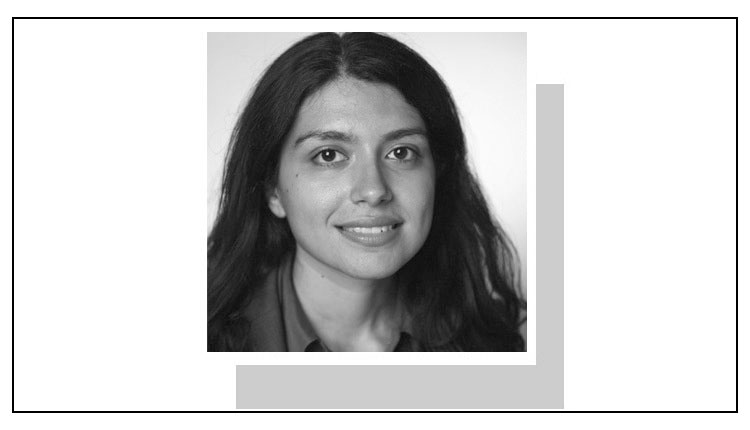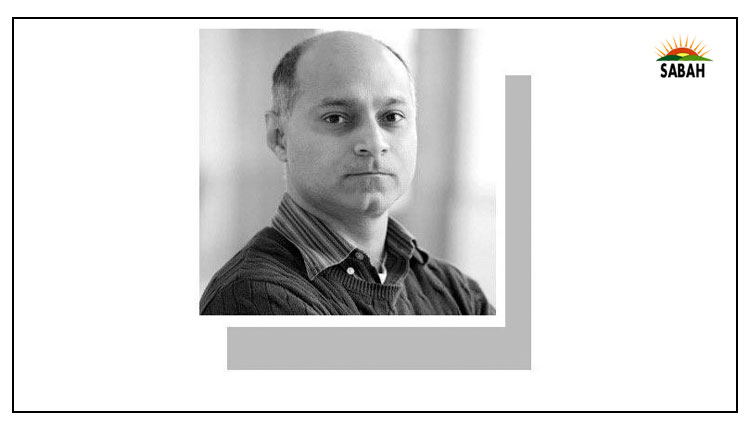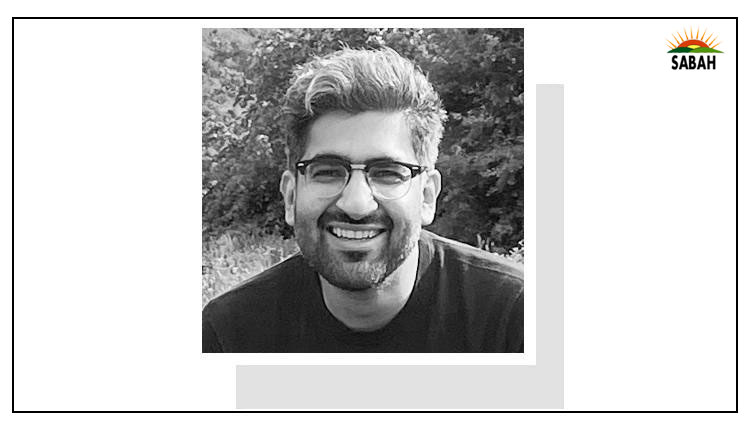Punjabi nationalism…Umair Javed
IN comparison to other multiethnic/multicultural countries in Asia, like India and Malaysia, Pakistan is a bit of an anomaly in that the largest identity group is not formally politicised. While Hindutva is the predominant political force in India, and Malay nationalism remains the basis of the modern Malaysian state, Punjabis do not vote as Punjabis in mainstream Pakistani politics.
There are a number of explanations for this. One can argue that Punjabis already enjoy a privileged role in the polity on account of how population numbers form the basis of the National Assembly. With nearly 100 out of 266 directly elected seats coming from north and central Punjab, the region and its chosen representatives carry outsized importance in the making, breaking, and functioning of governments.
Additionally, continuities with colonial-era patterns of economic development and recruitment, especially in the military, ensures more than proportionate Punjabi representation in the state as well as greater access to resources. This is partly why districts of north and central Punjab score the highest in any composite measure of human development compared to the rest of the country.
If the political and development needs of a population are being addressed by the state to an extent greater than for anyone else, it leaves arguably little need for identity-based politics. While it may make sense for Pakistans marginalised ethnic groups to mobilise given existing patterns of underdevelopment and political disenfranchisement, the largest group faces no such compulsion.
Punjabi cultural revival is necessary for a more progressive and tolerant Pakistan.
This is a persuasive argument and probably helps explain the absence of Punjabi ethnic nationalism. However, privileged status and outsized numbers arent always enough to limit a groups politicisation.
Upper-caste Hindus in India are by far the most economically privileged population and enjoy representation greater than even their numbers, yet they continue to mobilise against Muslim and lower-caste others, in service of a virulent, majoritarian politics.
Instead, what may push a majority towards majoritarianism is the loss of privilege in a relative sense, which enables victimhood narratives. This is clearly visible in India, where a handful of reservation-based concessions made to lower-caste and minority groups continuously triggers those already dominant. The result is an aggressive and periodically violent backlash.
In Pakistan, there are a few developments taking place, mostly on social media at the moment, which are worth monitoring to assess whether the demographic majority here can go the same way.
The first is an earnest and largely wholesome revival of Punjabi cultural identity in the digital sphere. There is plenty of new internet content covering the history and cultural heritage of the region, highlighting connections with Punjabis on the other side of the border, and popularising the use of the Punjabi language.
Such content is useful since it helps revive cultural diversity in a region that adopted regressive religion-tinged nationalism most forcefully after 1947. One aspect of this adoption was that upward mobility in Punjab gradually became synonymous with a discarding of Punjabi language and heritage by the urban middle classes, often in favour of Urdu and greater religiosity.
Helping a younger generation connect with their cultural heritage, especially their mother tongue, is a worthy goal in its own right. And if, in that process, it allows people to forgo regressive fundamentalism, and forge connections with others across the border as well as helps them see the essence of shared heritage and humanity, it only advances the cause of peace and co-existence in the region. In other words, Punjabi cultural revival is necessary for a more progressive and tolerant Pakistan.
But on the margins of this revival lurk more regressive tendencies. These were visible in the aftermath to the BLA attack in Balochistan, which led to the death of 23 people. The bizarre demand to boycott Quetta hotels established in Punjabi cities, which are in fact run by Pakhtun entrepreneurs, is one such example. Another dangerous one is the episodic call for the expulsion of Baloch and Pakhtun students studying in universities of Punjab, labelling them as namak haram troublemakers or terrorism enablers.
This is not the first time ethnic prejudice has reared its ugly head in Punjab, but it would be catastrophic if such tendencies are allowed to gain a mainstream foothold. The prejudice of a minority group and that of a majority group are significantly different. The former at worst results in the creation of enclaves of exclusion and insularity. The latter, however, creates majoritarianism capable of far greater violence.
Pakistans uneven patterns of development require considerable redistribution and affirmative action to achieve greater equity. The so-called ethnic peripheries are underdeveloped, and, on average, someone born in Balochistan or the ex-tribal areas is going to have fewer opportunities for mobility than a fellow citizen born in urban Punjab or Karachi.
Resultantly, regions that are more developed need to forgo some of their resources to help those areas that lag behind. Any reallocation, such as the reservation of seats in Punjabs universities, should be prevented from being portrayed as an unfair concession. Instead it should rightly be seen as a necessity for social justice and equality of citizenship.
To (mostly) their credit, mainstream parties popular in Punjab generally avoid stoking Punjabi ethnic prejudice. The PTI, as a national entity with a strong base in urban Sindh and KP, stands to gain little in any case. The PML-N, on the other hand, has its electoral base largely confined to the province and has occasionally dabbled in ethnic appeals. But on big questions, such as redistribution of finances under the NFC and devolution of central government power, its track record is more federalist.
With Ns popularity currently languishing, the allure of politicising Punjabi identity is probably considerable. But it is imperative that it opts not to do so. The political system is already weighed down by authoritarian governance, regional inequality, and religious fundamentalism. It does not need awakened prejudice of the majority to be added to the mix.
The writer teaches sociology at Lums.
X: *@umairjav*
Published in Dawn, September 16th, 2024
Courtesy Dawn



